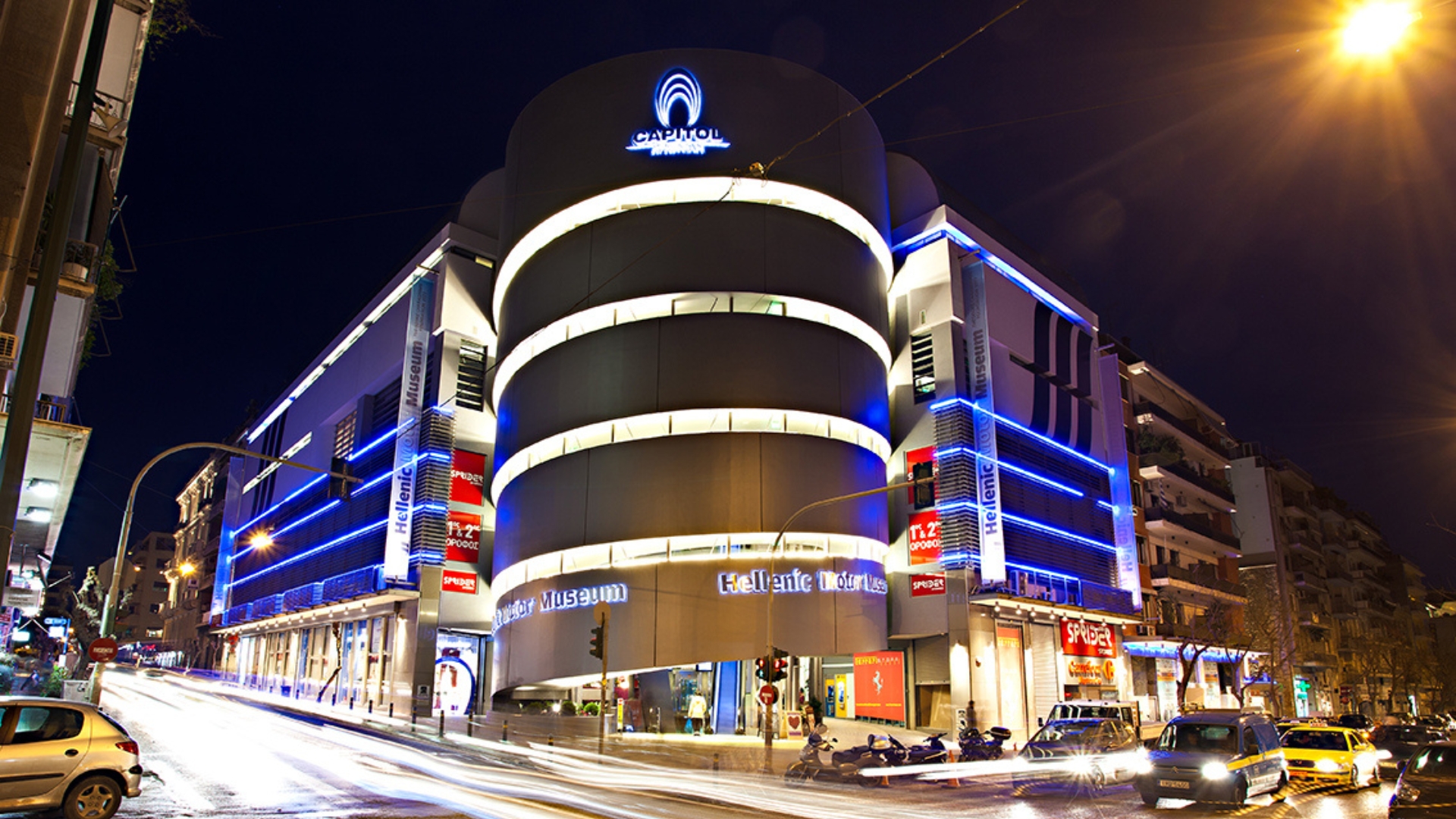By Kathy Karageorgiou.
The Hellenic Motor Museum is a very eclectic museum in Athens, Greece. To my mind, the external building’s ‘funky’ design – that of a spiraled type of corner tower, is explained by my excellent museum guide Mr Ioannis Papoulias as being “influenced by the Guggenheim Museum.”
Inside the four storied museum, I am in awe of the hundred or so uniquely beautiful 19th and 20thcentury cars on display. Most are part of a permanent collection but due to the actual three hundred cars owned by the museum’s now deceased founder, Mr Theodore Charagionis, the museum has a rotational scheme of exhibits.

Upon entering the Hellenic Motor Museum, you can use the interior spiral (wheel-chair friendly) ramp, and observe fascinating and descriptive displays of various car wheels.
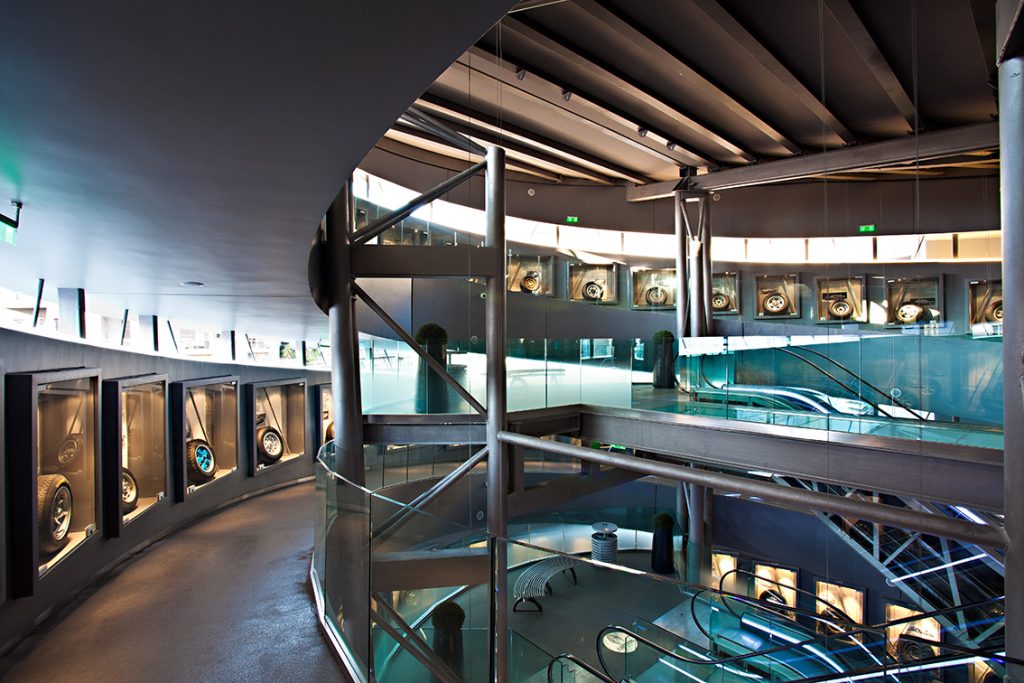
Inside the main floors of the museum, apart from the prime car exhibits, you’ll see a smaller array of steering wheels. There are also racing trophies of historical value on display, donated by Greece’s Touring and Automobile Association, ELPA.

The museum also houses a complete 1930’s era workshop. Its original signage, shows the accommodation service (ENOIKIAΣΙΣ ΔΙΑΜΕΡΙΣΜΑΤΩΝ – see pic. below), offered to customers back in the day while their car was being repaired; because like cars, suitable mechanics in Greece were fewer and farther between then.


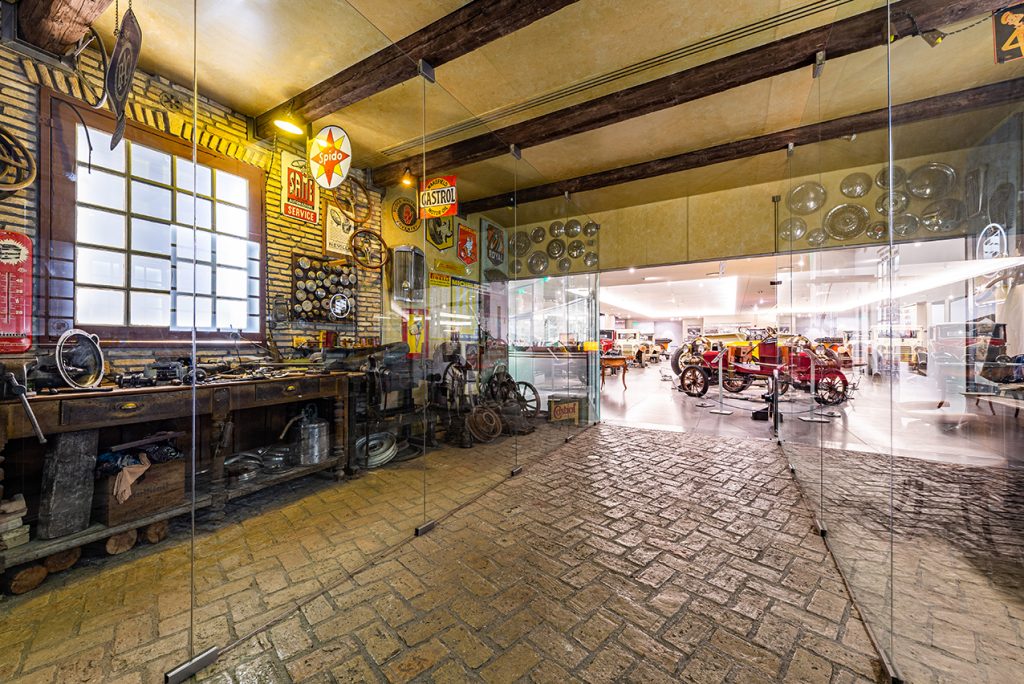
And speaking of repairs, my guide informs me, that “the museum’s cars (except for a very old one) are in perfect repair, ready to drive off.”

I wouldn’t mind driving off in the car of Led Zeppelin’s Robert Plant I ponder, keen to see this particular Museum’s piece. Upon being led to it though, I am rather shocked to find it painted … pink! “Perhaps the inside is black leather, or perhaps psychedelic patterned?” I quietly muse. “Aah, it’s beige” I add suppressing a grimace. “So much for Led Zeppelin’s dark image!” I voice to my smiling guide.

Keen to learn about ‘Greek’ influenced cars, my guide points to a large, shiny black 1939 Rolls Royce. The silver lady emblem on the front of the Rolls Royce is inspired by the Ancient Greek statue of Nike I learn. Yet instead of her wings, they changed it to a billowing dress. To my dismay, my guide then tells me to note, that “the front of this Rolls Royce radiator’s design was influenced by the east side of the Greek Parthenon.”
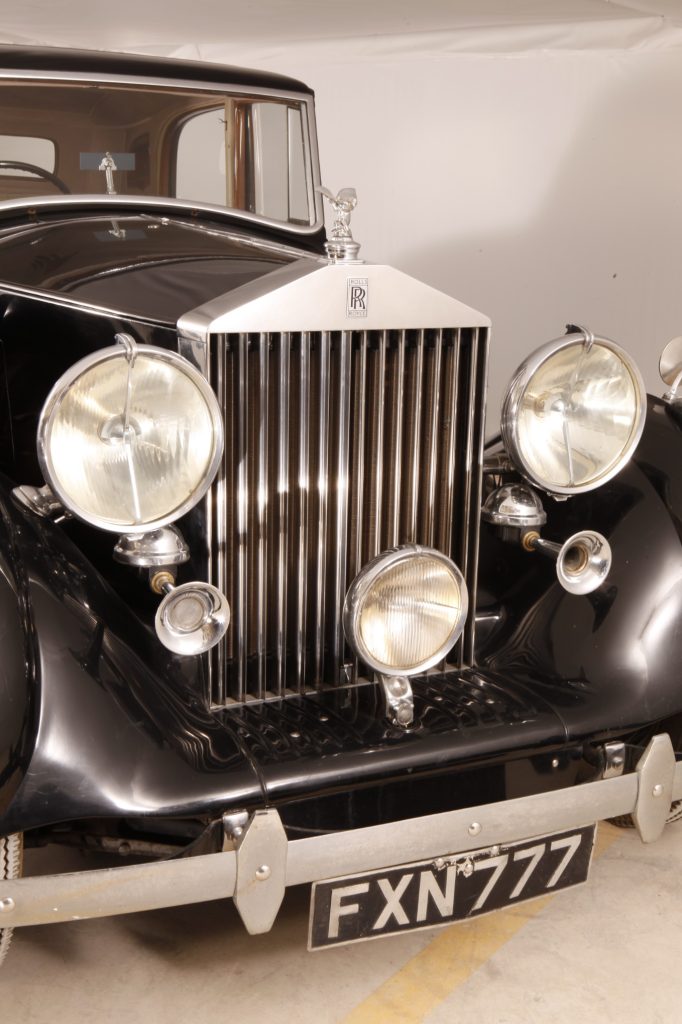
Continuing the Greek theme – this time in a more modern context, I am led to ‘Greek’ cars. The first is a proto Mini Cooper car. My guide explains that the very first actual Mini, was designed by the Asia Minor Greek, Alec Issigonis.

Further on, I see a cute, compact little car. Looks can be deceiving though, as it was a breakthrough in the automotive world. Move over Elon Musk! This was an electric car – designed and made by Greeks. The shipping tycoon Goulandris began producing this car – the Enfield 8000 in Syros between 1973-1976, after perfecting it at his UK plant. The 120 cars made were sold in the UK rather than in Greece, due to Greek government bureaucratic restrictions; and sadly the Syros plant was deemed commercially unviable in Greece, and closed.

Another Greek car is the 3 wheeled, the Tzen Tonaco ‘city car’, a 1980 model with a German engine but with the rest of the bodywork and equipment made in Greece.

I see another 3 wheeled Greek- German collaborative car, the Alta. Made in a Greek factory in Elefsina between 1968-1973, it’s representative of the similar Attica 200 model comprising a sleek, fibreglass body.

Speaking of car finishes, I am shown an impressive silver aluminium, unpainted, sporty 1939 BMW328 Mille miglia coupe , and learn that paint would add 7 kilograms of weight to the car; potentially compromising its speeding performance.
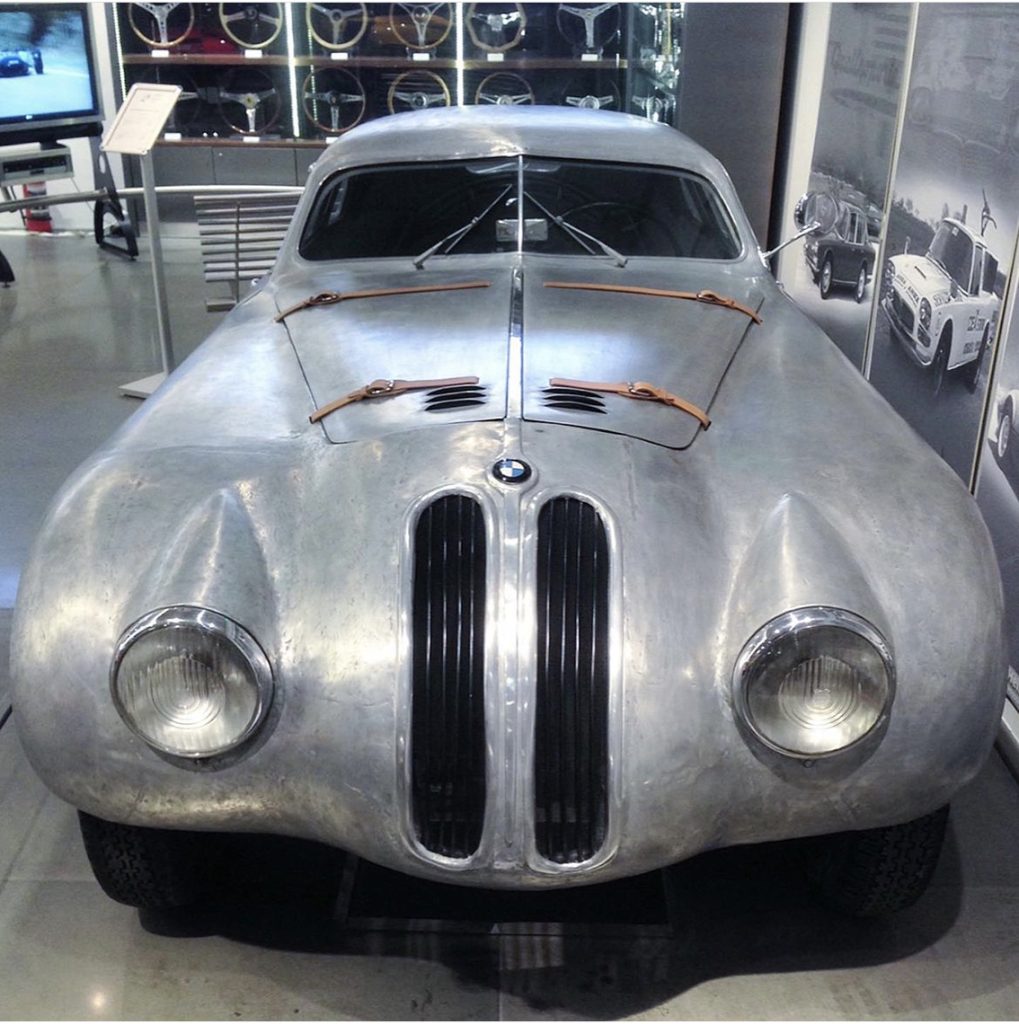
Another interesting car feature is the ‘rumble’ or ‘mother in law’ seat at the rear of a 1928 Packard. And there’s even a Flintstone’s car!

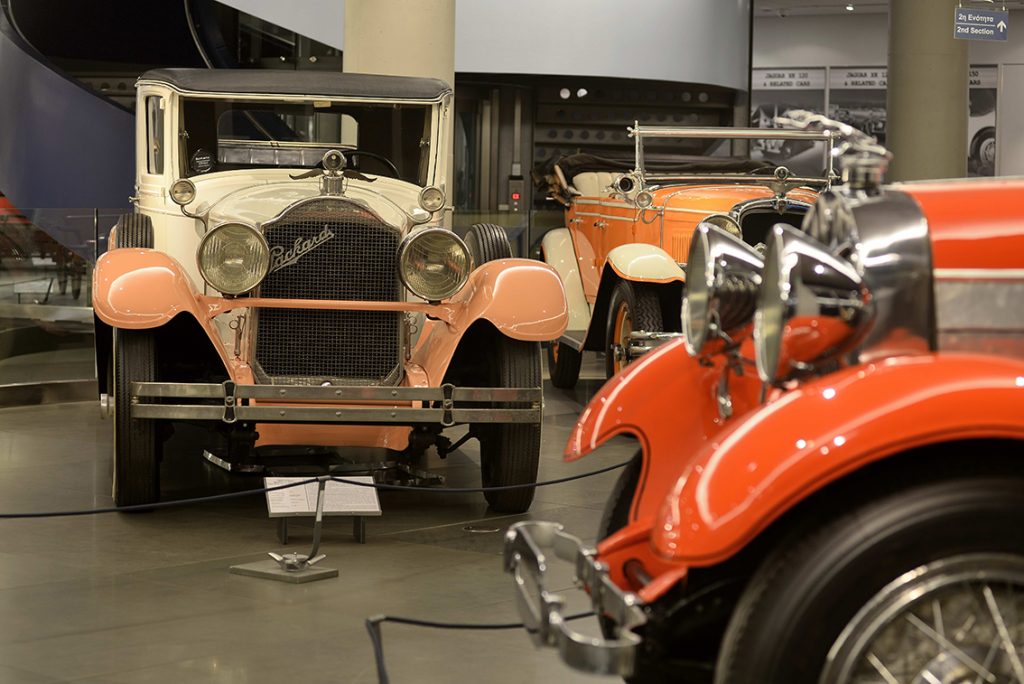
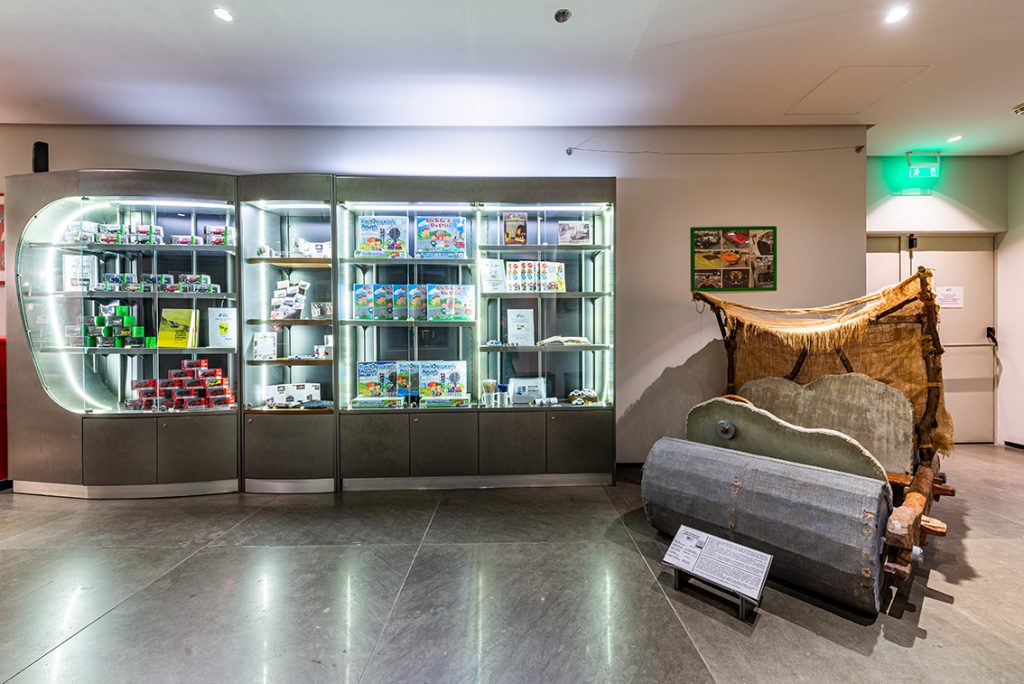
As for Aussie cars, the curator I spoke with showed great interest when I told him about our classic muscle cars such as the Monaro and the Charger. He enthusiastically looked them upon on his phone claiming “this must be mentioned to the Museum’s Board – great looking cars! I had no idea.” Mentioned to the Board to be incorporated as exhibits one day, I certainly hope they will be!
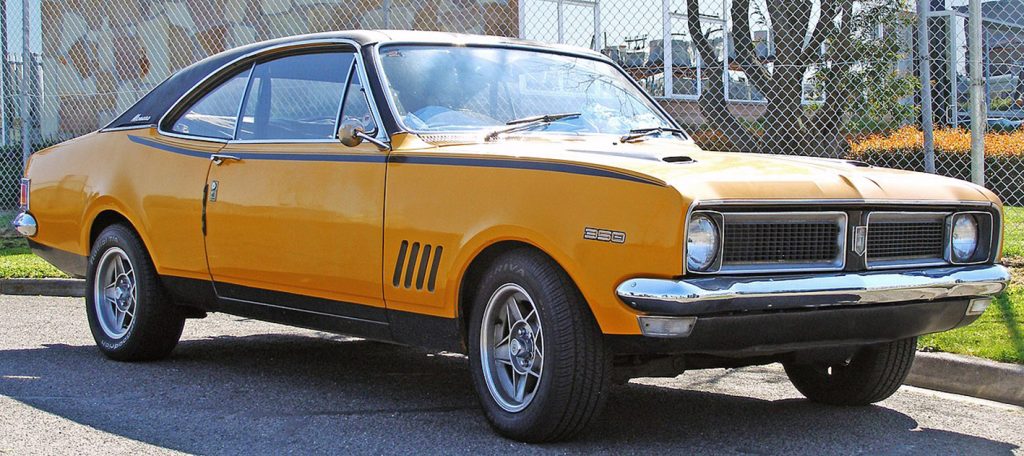
See: https://www.hellenicmotormuseum.gr/en/ for extensive information regarding the museum, including a virtual 3D tour.

